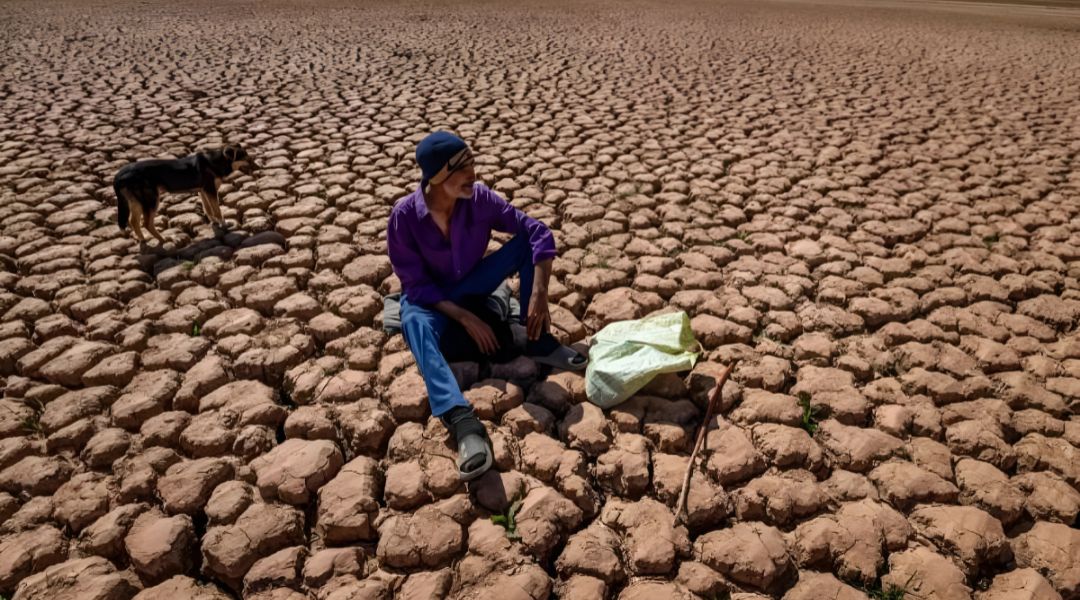
There is an abundance of water in the atmosphere. 71% of the earth is covered with water. There is water in the atmosphere as well, in the form of water vapour. At any given point of time, there is a staggering 37.5 million billion gallons of water present in the atmosphere in the vapour form. Then why is it that there is a scarcity of water in certain parts of the world?Is it because there isn’t enough freshwater available in these areas? Of the 71% of the earth’s surface that is water, only about 2% is fresh water that can be consumed on a day to day basis. Pure drinking water is rare enough. There isn’t even enough water for purposes like irrigation and other commercial activities. The answer to this is atmospheric water generators or AWGs that operate on the principle of the hydrological cycle, only inversely.
Read about the 11 cities likely to run out of drinking water
What happens to the water available in the atmosphere in the vapour form? It is recycled 40 times every year. This recycling process is the hydrological cycle that converts water vapour to water. it involves the processes of evaporation, condensation, and precipitation. Water evaporates from the water bodies on the surface of the earth and is transformed into the gaseous state. The leaves of plants secrete water through minute pores in them called stomata. This water also evaporates although this particular process is called transpiration. This water vapour then rises up and reaches the atmosphere where it condenses and becomes water droplets. These water droplets come back down to earth in the form of rain or precipitation. The total amount of water in the atmosphere remains more or less the same. However, its distribution over the surface of the earth keeps changing.
This unequal distribution could be responsible for the severe water shortage in some parts of the world. But before blaming nature we must consider other factors that possibly play a role in the present water crisis in the world. Extreme temperatures do cause lakes, rivers and other fresh water sources to dry up but so do dams that are meant to harness water. A lot of the fresh water available is unfit for consumption because of contamination from industrial waste and human waste. Groundwater levels have gone down drastically due to wastage and overuse. Temperatures have risen globally causing fresh water sources to dry up. Desalination of salt water is an expensive proposition. It involves sophisticated pieces of machinery that are expensive and enormous amounts of energy.
Atmospheric water generators or AWGs can ease the imminent global water crisis somewhat. The machine uses water vapour in the air to condense it and turn it into water, filters it and makes it fit for consumption. It is a new and innovative way of ensuring that no source of fresh water is left unused. This way, every available source of fresh water is utilised and ground water is not depleted. The AWG industry is still in its nascent stages but has met with success wherever it’s been used. We at AKVO understand that it is a practical solution to a problem that may leave a majority of the world population without consumable water in the next 30 odd years.
Contact Akvo for more information. learn how the Akvo Atomosspheric Water Generators create drinking water.
